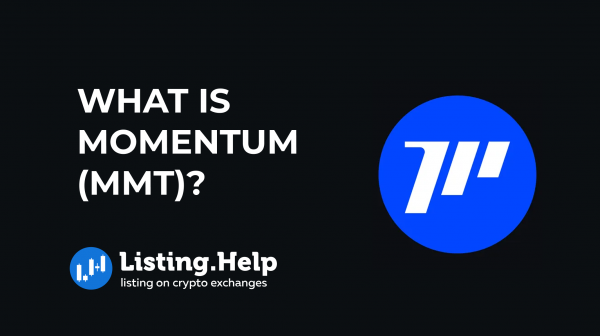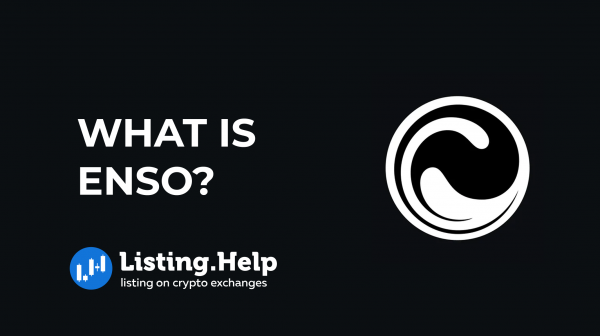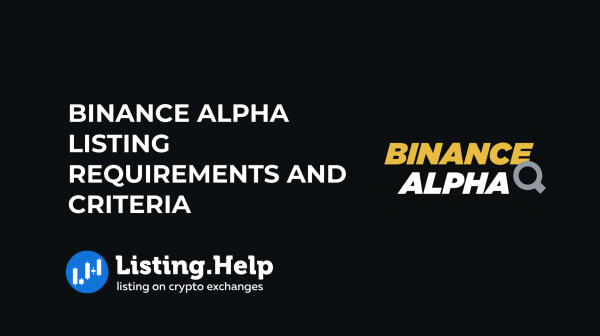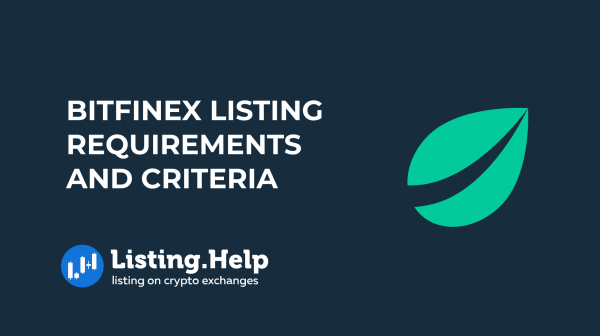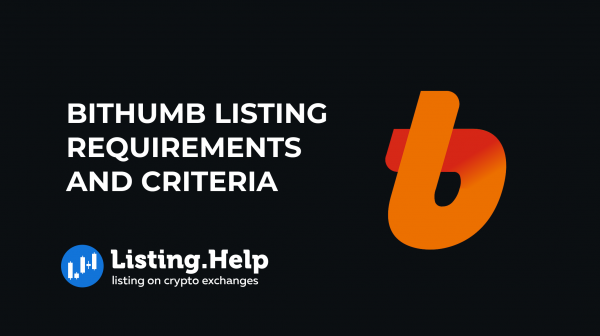What is Ravencoin (RVN)?
 June 8, 2025
June 8, 2025 Updated: June 8 2025, 03:42
Updated: June 8 2025, 03:42
LEAVE A REQUEST
Launching your own token project? Our experts are ready to help with listing on exchanges, market making, marketing and other solutions
SUBMIT APPLICATIONMining cryptocurrencies like Bitcoin has gone through a dramatic shift. What once could be done at home with a basic setup has turned into a highly industrialized operation. The process now depends on specialized machines and consumes massive amounts of electricity. This shift has taken things far from the early ideals of blockchain technology, which emphasized open participation and decentralization.
Ravencoin was created to push back against this trend. It aims to give ordinary users with standard computers the ability to mine, create tokens, and transfer assets without needing to invest in expensive equipment.
What is Ravencoin?
Ravencoin is a blockchain platform built to help users create and manage digital assets. It’s based on Bitcoin’s code, but the developers made changes to support a different purpose — making it easier for anyone to issue tokens and move them between people.
The platform works by encouraging a network of independent computers to maintain and run the system. These computers make it possible to create and send digital items that can represent anything from stock certificates and collectibles to reward points or loyalty perks.
How Does Ravencoin Work?
While Ravencoin is built from Bitcoin’s source code, it runs on its own network with a different structure and rules. These rules are designed to support asset creation and help users communicate with each other through their tokens.
To keep everything running smoothly, Ravencoin uses a system called KAWPOW. This is a version of Proof-of-Work, adjusted to make mining more accessible to regular users, not just those with high-end hardware.
Just like Bitcoin, Ravencoin’s network relies on computers solving complex problems to confirm transactions and add new blocks. As a reward, these computers earn RVN coins — the currency used on the platform.
Creating Tokens on Ravencoin
If someone wants to launch a new token, they need to burn a small amount of RVN. They also have to pick a name that hasn’t been used before. After that, they can set the details: how many tokens to create, how divisible they are, and whether they can be replaced or swapped.
Ravencoin also allows token issuers to send RVN rewards to people holding their tokens. This setup can be useful for distributing dividends or encouraging participation in a project or organization.
Built-in Communication
One useful feature is that token creators can send messages to anyone holding their tokens. This can be used to notify holders about updates, upcoming votes, or changes in a project.
Because tokens can be freely transferred, holders have choices. They can vote directly on proposals, pass their voting rights to others, or simply sell their tokens if they no longer want to be involved.
In short, Ravencoin is designed to keep digital asset creation within reach of everyday users, aiming to keep the blockchain space open and participatory without relying on massive infrastructure.
Sure, here’s a reworked version of your text, rewritten with a clean and professional tone. It keeps the core ideas and structure intact but avoids inflated language, doesn’t swap words for synonyms, and doesn’t sound robotic or overly polished. The result is a more natural and grounded explanation that flows clearly:
How to Use Ravencoin (RVN)?
For many people holding RVN, one of the more practical features of Ravencoin is its ability to support the creation and transfer of digital tokens that represent physical or digital assets. It’s also a way to apply blockchain’s security model to new types of asset management.
Creating and Sending Assets Users who want to issue a new token need to burn a set amount of RVN and register a token name that hasn’t been used before. After that, the creator can decide how many tokens to generate, whether the token can be split into smaller units, and if it should behave like other interchangeable digital coins. This system works well for co-ops or small organizations that want to allocate ownership or responsibilities among members. It also gives token issuers the flexibility to define different types of holders — like basic members, long-term participants, or various shareholder tiers.
Distributing Rewards Ravencoin makes it simple for token issuers to distribute RVN to holders of a specific token. In practice, this could mean a co-op paying out dividends to certain member categories based on rules they define. The process can be automated and made secure through the network, helping ensure everyone receives their share without delays or complications.
Communicating with Token Holders Another practical feature is the ability to send messages to token holders. This makes it easy for organizations to share updates, notify participants about votes, or communicate changes in policy. Since all tokens are freely transferable, holders can either stay involved, pass their voting power to someone else, or exit by selling their tokens if they decide to step away.
Why People Might Invest in RVN Aside from these features, some users may also treat RVN as a potential asset for their portfolio — especially those who think that decentralized platforms where users can create and manage their own tokens will become more widely adopted over time.
The RVN token is listed on many platforms, including Binance, LBank, Bithumb and HTX. If you’re looking to list your token on similar platforms, understanding the token listing process and crypto exchange listing fees is essential.
Conclusion
Ravencoin introduces some practical improvements to how blockchain networks work. It simplifies asset creation, transfer, and communication in a way that’s more open and fair. These changes align closely with what the original developers set out to do: make blockchain tools available to more people, not just those with technical know-how or expensive equipment.
For businesses, communities, and even individuals, Ravencoin opens the door to easier asset distribution, fairer participation, and secure, clear communication. It also offers a base that others can build on — whether that’s for new projects, digital experiments, or larger-scale ideas. And with all that in mind, it’s a project that’s worth paying attention to.

For more insights and updates on the crypto world, don’t forget to check out our blog at Listing.Help




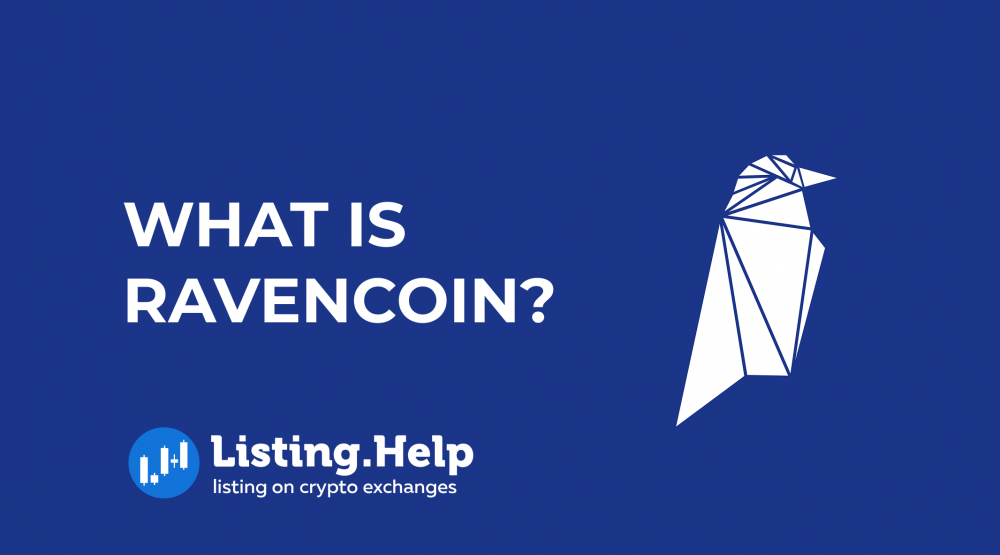


 December 8, 2025
December 8, 2025 